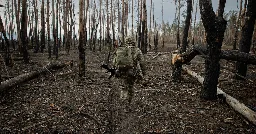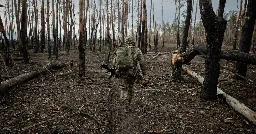The Spy War: How the C.I.A. Secretly Helps Ukraine Fight Putin
The Spy War: How the C.I.A. Secretly Helps Ukraine Fight Putin

www.nytimes.com
The Spy War: How the C.I.A. Secretly Helps Ukraine Fight Putin

TL;DR: CIA maintains 12 secret bases near the border with Russia since 2014, Gladio 2.0 anyone?

